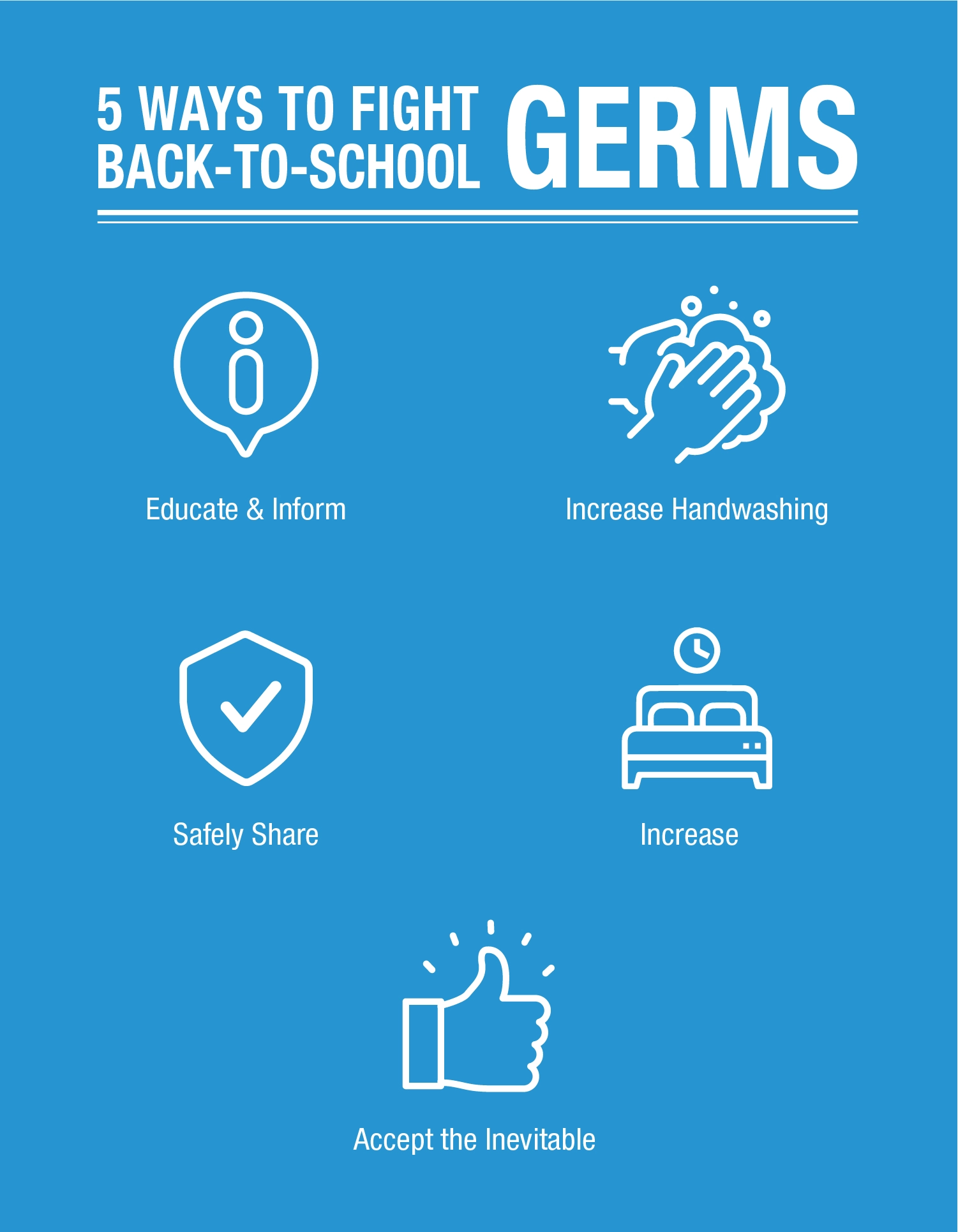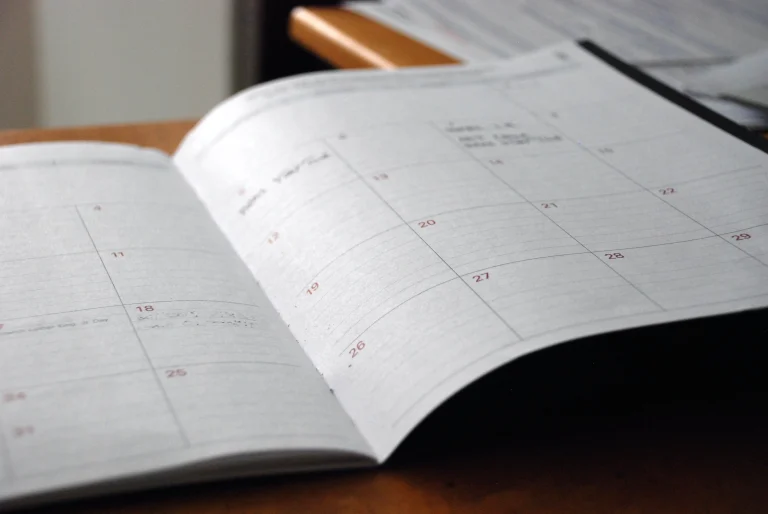5 Ways To Fight Back-To-School Germs

1. Educate & Inform
With the hope of reducing the spread of illness, it’s important to approach a conversation about germs with children in simple, easy-to-understand language. A fun way to introduce the concept of germs is through fun activities. Consider bringing out sparkles to showcase how germs can spread. The intention is not to frighten your family about the concept of germs but rather to help them understand what germs are, what they do, and how they spread. Your children can create their own boundaries, habits, and methods to reduce germs by learning this.
2. Increase Handwashing
Take a moment to consider your child’s school. Hundreds to thousands of children in close proximity. Shared lockers, books, sports equipment, and pencils. Whether closing a bathroom door or passing a basketball, germs will inevitably spread. The solution to this is simple: handwashing. Although we’ve all grown accustomed to washing our hands, sometimes reminders are necessary. An easy way to keep on top of your child’s handwashing is by setting designated times (i.e. before and after any meal, sharing objects, or upon entering a new space). When handwashing stations are unavailable, make cleansing wipes and hand sanitizer their go-to!
3. Safely Share
“Sharing is caring” is something we try to teach our children from an early age. Despite this phrase’s truth, it does come with risks (germs). Rather than eliminating ‘sharing,’ why not remind your child of safe practices and habits around sharing? Whether cleaning objects before and after use or handwashing, your children can still share while being mindful of germs.
4. Increase Sleep
As we sleep, our bodies produce proteins called cytokines that help ward off germs and infections. When our sleep is reduced, our bodies produce fewer cytokines. Lack of sleep causes our body to become more vulnerable to germs as our defence system diminishes. Since children need approximately 10 hours of sleep per night, we encourage setting a consistent bedtime and wake-up time. Not only will they feel well-rested, but their bodies will be ready to head back into the classroom!
5. Accept the Inevitable
Despite all the safeguards we put in place to protect our children from germs, sick days are bound to happen. When your child comes down with a cold, fever, or flu, it’s important to keep them at home while monitoring their symptoms. We encourage you to get accurate and informed advice, based on your child’s medical history, from their primary healthcare provider.
While all these methods can help your family understand how to live with germs, the chance of your child bringing home an infection or illness is still likely. Thankfully, most infections and illnesses can be managed. By continuing regular, in-person visits with your child’s practitioner, ensuring all vaccinations are up to date, and booking an appointment whenever needed, Care& Family Health is here to support you and your little ones.







